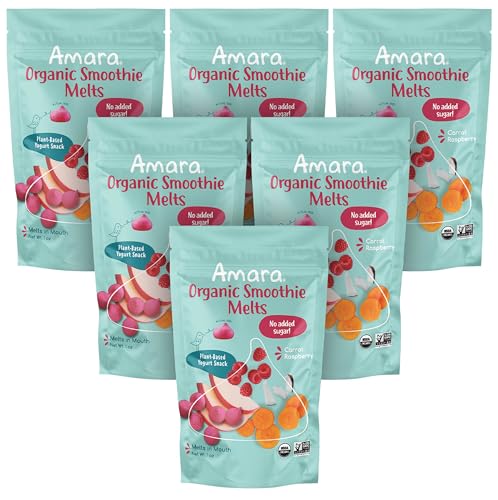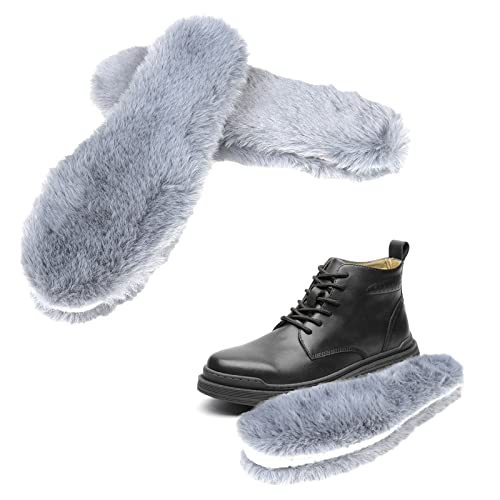Most of the conversation about rabbit genetics by hobbyist breeders is about color and pattern, but there's a whole third category worth diving into which is coat structure. While the woolly angora and soft, short furred rex are fairly common and popular, there's actually a collection of coat modifier and structure genes that I have found in my research which I wanted to share with you!
Fur Loss/Reduction Loci
The F Locus controls the Furless gene.
Most rabbits are genetically FF and display as normal. A rabbit with one furless gene Ff will often display some balding as a baby, but that will usually grow in. Some heterozygous rabbits will display no balding at all. A rabbit with two furless genes ff will be mostly or completely bald. Generally speaking, ff rabbits have reduced fitness so it is not recommended to be bred for.
F: Normal coat.
f: Furless.
The N Locus controls the Naked gene.
There exists a second mutation separate from furless called naked. While a furless rabbit will often be completely bald, a naked rabbit will be approximately 90% bald.
N: Normal coat.
n: Naked.
The Ps Locus controls the Pelt Loss gene.
Pelt loss rabbits possess hair follicles in the skin, but premature, excessive keratinization hinders the emergence of the hair. The recessive mutation leads to thick skin. There are two variants of this condition.
Ps-1: Normal coat.
ps-1: Absence of wool hairs, less pronounced than furless.
Ps-2: Normal coat.
ps-2: Absence of underwool hair, coat thicker than in ps-1.
The Wh Locus controls the Wirehair gene.
Rabbits with Wirehair only grow guard hairs, without undercoat hair. It is due to a semidominant mutation that is a less severe form of the naked/furless mutation. The amount of grown hair varies from one individual to another; the density of the fur is, however, lower than that of a normal rabbit (hypotrichosis). A similar condition has been observed in rabbits in Japan.
Wh: Wirehair.
wh: Normal coat.
Long Fur/Wool Loci
The L Locus controls the Angora (Long Fur) gene.
The angora or long fur mutation is a result of small changes in the FGF5 gene which can disrupt its expression, leading to an increase in the length of the anagen phase of the hair cycle, resulting in phenotypes with extremely long hair.
L: Normal coat.
l: Long fur. Known for its use as angora wool.
The M Locus controls the Mane gene.
The Mane gene is a hallmark of the Lionhead breed and is an incomplete dominant mutation that causes an angora-like mane of wool to grow around the rabbit's neck. Homozygotes are called 'double-maned' and can be identified at birth by a bare pattern on the kit's sides.
M: Maned neck. Heterozygotes are single-maned and homozygotes are double-maned. Maned rabbits may also have skirts of wool on their flanks, particularly homozygotes. Heterozygotes may lose their mane with age.
m: Normal coat.
Modified Fur Loci
The R Locus controls the Rex gene.
The Rex mutation is a well-understood mutation in many animals. It is a soft, dense, shorter coat which can actually affect color display due to the difference in fur presentation. In rabbits, there are actually three known Rex mutations, r-1, r-2, and r-3, but it is generally the case that a breeder is dealing with the r-1 mutation simplified to just r.
R: Normal coat.
r: Short and soft fur.
The Sa Locus controls the Satin gene.
The Satin gene causes silky, short, rollback fur that has a unique satin sheen to it. Satin causes each hair follicle to be slightly smaller in diameter than that of normal hair, and every hair has tiny air bubbles inside that catch the light.
Sa: Normal coat.
sa: Thin, satin fur. Absence of medulla of hair.
The Wa Locus controls the Wavy gene.
The Wavy gene (also called the Waved gene) causes the fur to be wavy instead of straight. Only manifests in rex rabbits. Note: This may be related to the r3 gene, specifically.
Wa: Normal coat.
wa: Waved fur. One example is the astrex rabbit.
The Wu Locus controls the Wuzzy gene.
The coat of the Wuzzy rabbit is normal at birth, change begins to manifest around 10 days. Homozygotes take on an unkempt appearance characterized by the tips of the fur clumping and matting in a twisting fashion which gets more pronounced as more hairs get involved.
Wu: Normal coat.
wu: Wuzzy fur. Hair is sticky/twisty and matted.
I maintain this list at https://www.reddit.com/r/rabbitgenetics/wiki/structure where you can find links with sources and check out more like this. Did I miss any, or do you have any other information about coat structure and hair loss you'd like to share? I'm always trying to learn more!
Did I miss any, or do you have any other information about coat structure and hair loss you'd like to share? I'm always trying to learn more!
Fur Loss/Reduction Loci
The F Locus controls the Furless gene.
Most rabbits are genetically FF and display as normal. A rabbit with one furless gene Ff will often display some balding as a baby, but that will usually grow in. Some heterozygous rabbits will display no balding at all. A rabbit with two furless genes ff will be mostly or completely bald. Generally speaking, ff rabbits have reduced fitness so it is not recommended to be bred for.
F: Normal coat.
f: Furless.
The N Locus controls the Naked gene.
There exists a second mutation separate from furless called naked. While a furless rabbit will often be completely bald, a naked rabbit will be approximately 90% bald.
N: Normal coat.
n: Naked.
The Ps Locus controls the Pelt Loss gene.
Pelt loss rabbits possess hair follicles in the skin, but premature, excessive keratinization hinders the emergence of the hair. The recessive mutation leads to thick skin. There are two variants of this condition.
Ps-1: Normal coat.
ps-1: Absence of wool hairs, less pronounced than furless.
Ps-2: Normal coat.
ps-2: Absence of underwool hair, coat thicker than in ps-1.
The Wh Locus controls the Wirehair gene.
Rabbits with Wirehair only grow guard hairs, without undercoat hair. It is due to a semidominant mutation that is a less severe form of the naked/furless mutation. The amount of grown hair varies from one individual to another; the density of the fur is, however, lower than that of a normal rabbit (hypotrichosis). A similar condition has been observed in rabbits in Japan.
Wh: Wirehair.
wh: Normal coat.
Long Fur/Wool Loci
The L Locus controls the Angora (Long Fur) gene.
The angora or long fur mutation is a result of small changes in the FGF5 gene which can disrupt its expression, leading to an increase in the length of the anagen phase of the hair cycle, resulting in phenotypes with extremely long hair.
L: Normal coat.
l: Long fur. Known for its use as angora wool.
The M Locus controls the Mane gene.
The Mane gene is a hallmark of the Lionhead breed and is an incomplete dominant mutation that causes an angora-like mane of wool to grow around the rabbit's neck. Homozygotes are called 'double-maned' and can be identified at birth by a bare pattern on the kit's sides.
M: Maned neck. Heterozygotes are single-maned and homozygotes are double-maned. Maned rabbits may also have skirts of wool on their flanks, particularly homozygotes. Heterozygotes may lose their mane with age.
m: Normal coat.
Modified Fur Loci
The R Locus controls the Rex gene.
The Rex mutation is a well-understood mutation in many animals. It is a soft, dense, shorter coat which can actually affect color display due to the difference in fur presentation. In rabbits, there are actually three known Rex mutations, r-1, r-2, and r-3, but it is generally the case that a breeder is dealing with the r-1 mutation simplified to just r.
R: Normal coat.
r: Short and soft fur.
The Sa Locus controls the Satin gene.
The Satin gene causes silky, short, rollback fur that has a unique satin sheen to it. Satin causes each hair follicle to be slightly smaller in diameter than that of normal hair, and every hair has tiny air bubbles inside that catch the light.
Sa: Normal coat.
sa: Thin, satin fur. Absence of medulla of hair.
The Wa Locus controls the Wavy gene.
The Wavy gene (also called the Waved gene) causes the fur to be wavy instead of straight. Only manifests in rex rabbits. Note: This may be related to the r3 gene, specifically.
Wa: Normal coat.
wa: Waved fur. One example is the astrex rabbit.
The Wu Locus controls the Wuzzy gene.
The coat of the Wuzzy rabbit is normal at birth, change begins to manifest around 10 days. Homozygotes take on an unkempt appearance characterized by the tips of the fur clumping and matting in a twisting fashion which gets more pronounced as more hairs get involved.
Wu: Normal coat.
wu: Wuzzy fur. Hair is sticky/twisty and matted.
I maintain this list at https://www.reddit.com/r/rabbitgenetics/wiki/structure where you can find links with sources and check out more like this.




















































